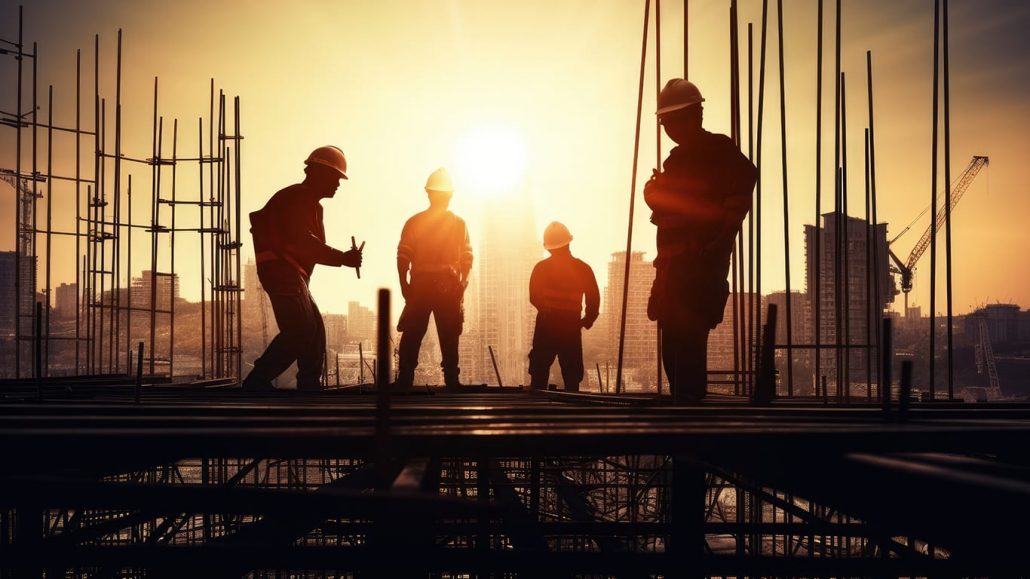
The construction industry in 2024 faces a slowdown due to the Federal Reserve’s interest rate hikes. Borrowing costs have risen, affecting residential and nonresidential construction. However, the market remains resilient, especially after strong growth in 2021-2023. Builders are seeing only modest declines, with nonresidential construction maintaining a steadier pace. This stability is driven by solid backlogs and investments in key projects. Despite challenges, the construction industry shows overall stability in the face of higher borrowing costs.
Nonresidential Construction Holds Steady: Key Drivers
Nonresidential construction benefits from strong investment in key areas. Data centers, manufacturing plants, and infrastructure projects are driving growth. Manufacturing, especially as companies relocate operations to the U.S., is one of the strongest growth areas. Additionally, infrastructure investment continues, driven by federal programs focused on energy systems, solar power, and battery storage. Ken Simonson, chief economist for the Associated General Contractors of America, notes that these projects will likely sustain demand through 2025 despite cooling in other sectors.
Residential Construction Faces Significant Headwinds
Residential construction has been more vulnerable to interest rate hikes. With elevated borrowing costs, new and existing home prices have stayed high, but demand has slowed. Builders are adapting by reducing amenities or offering rate buy-downs to offset higher interest rates. Despite these efforts, multifamily housing projects have faced challenges. Declining rent prices and changes in housing preferences have reduced developer interest. Simonson adds that the multifamily sector remains difficult, with higher financing costs and reduced demand for urban living.
Labor Shortages Continue to Hamper Construction Efforts
Labor shortages persist in the construction industry, despite a 33% decrease in labor demand since mid-2022. While the industry added 688,000 jobs since 2020, contractors still struggle to fill craft positions. Pay increases have helped, but the demand for skilled labor outpaces supply. Labor shortages are expected to persist, leading to project delays and increased costs, which may affect productivity.
Global and Domestic Challenges Impacting the Industry
Global challenges, especially in steel markets, could impact construction costs. A decline in the Chinese construction market, a major steel consumer, may lower global prices. Domestic construction could also be affected by potential tariff hikes on imported materials or equipment. Rising tariffs may raise costs, especially for construction reliant on imports or increase prices for domestic manufacturers.
A More Optimistic 2025 Outlook
Despite the current slowdown, many in the construction industry are optimistic about 2025. Key segments like manufacturing, infrastructure, and energy are expected to remain resilient. The stabilization of interest rates and the growing focus on sustainability could strengthen the market. The increased use of recycled materials, such as 100% recycled steel, could boost the green building sector. Construction companies focused on green and energy-efficient solutions may gain an advantage in the years ahead.











Leave a Reply
You must be logged in to post a comment.